These 6 tips to winterizing beehives will give you and your bees the boost they need to get through the winter months into spring and blooming flowers! This is one article of many from our beekeeping resources page.
Getting bees on your own property is exciting! It’s hard work, and it may have some nail-biting moments as you wonder what your bees are up to inside their hives. You’ve watched them dance around all summer long, you don’t want all your hard work or theirs to go to waste with winter losses!
Winterizing beehives and getting your bees ready for winter is important. They need to be protected during the winter months from the weather, pests and they need to have enough food and working bees to last through the winter. In our area, we need to have our winterizing done by Halloween.
Watch the information in this article in the video below!
If you like this information, my YouTube channel is full of even more goat information. Please click this link: Delci | A Life of Heritage and subscribe! You can also click this link to watch this information on YouTube: Winterize Beehives Video on YouTube
Here are 6 tips on winterizing beehives and how you should prepare your bees for winter.
1. Protect FOOD and Feed FOOD
All summer, bees are working hard to fill their hive with honey to keep them strong and healthy through the winter months. They’ve got their end of the deal all worked out but they still need our help. After all, they are “paying us” with their wonderful honey.
• After extracting the honey, you will reduce down the hive, taking off all of the honey supers. The smaller the hive, the less drafty it will be, and the less likely pests (like mice) will enter looking for a warm and food-filled place to stay.
• Reduce entrances using an entrance reducer and consider using a mouse guard.
• Look for your healthy and fertile Queen. You should see some brood in your hive as well. If you don’t see a Queen and brood, you may want to order a new Queen as soon as possible.
• Combine weaker hives with stronger hives. This is what we did our first summer of keeping bees. One hive just wasn’t doing well, even with a replacement Queen and we combined the hives and it made a very strong hive going into the winter.
• As you are checking your frames, move the frames filled with honey so they are surrounding the bee cluster on each side and above (if using the Langstroth hive). This will allow them to more easily move around through the winter to get to their food source.
• You will also want to provide them with sugar-water in the early spring. If you know that your bees are going into the winter with low amounts of honey, you will want to keep them going with the sugar-water, so that they are eating both the sugar-water and honey simultaneously. This way they are getting the micro-nutrients from the honey and don’t just end up eating only sugar-water in the spring. You can also add pollen patties to your hives as well. Using BeePro is a great way to give your bees the nutrients they need.
• Bees will also take cleansing flights on warmer, windless days to relieve themselves of fecal matter and to clean out the dead bees. Don’t fret if you see dead bees littering the snow around the hive! It is normal for bees to die in the hive and for the cleaning bees to do housework and to drop dead bees outside the hive. They will also collect water to thin down the honey they eat and feed to the brood.
2. HIVE BOX CARE
If you know that your bottom boards, boxes, frames, or covers need any repairs, this would be a great time to fix them. If you are expanding your beekeeping, winter is also a great time to put together and paint any more boxes you may have acquired.
3. MEDICATION
If you are going to give them any medication for mites or diseases, this would be the best time to do that. Keep in mind that you need to read the packaging of any medication carefully. For instance, a mite treatment may say “leave in the hive for 42 days”. So six weeks before you do your final work on your hives before winter, you need to put in the mite treatment.
This Apivar treatment would be an example of available mite treatments. Just know that your bees probably have a 100% chance of getting mites and they will kill your hive. You can also read more about mite treatments here.
4. SHELTER
They will need protection from the wind. If you are in an area with high winds, building a shelterbelt out of pallets or straw bales will help keep the hive less drafty. If you are using pallets, it would look a lot like the pallet fence we use for our small livestock.
5. INSULATION
If you are in an area up north with high winds, very cold temperatures, and lots of snow, I would recommend wrapping your hives with insulation (as shown in the pictures below). This is a great way to help them stay warm.
But if you do this, make sure that you have also allowed for ventilation. Bees get cold and work very hard together to stay warm but wet and cold bees would be disastrous. Read more about wrapping a hive with insulation, making a moisture quilt, and a candy board here.
6. SURROUNDING AREA
Look around the area where you keep your hives:
• Are there tall weeds or grass that need to be taken care of so rodents and pests don’t set up residence near your hive?
• Is it in danger of flooding and needs to be moved to higher ground?
• Are there any dead tree branches above the hive that could break off and fall in a wind storm?
• Do you live in an area where bears might want a tasty treat? (Install bear electric fence)
These 6 tips of giving your bees food, medication, shelter, insulation, and fixing your equipment and the surrounding hive area, will give you and your bees the boost they need to get through the winter months and on into spring and blooming flowers!
Please feel free to download and print out this free PDF checklist, WINTERIZING MY BEEHIVE, by clicking below on the free resource page.
You may also find this article helpful: Bees: 10 Helpful Tips to Get Started With Bees
Check out our FREE resource page below 🙂
FREE RESOURCE PAGE
Seriously, our free resource page is worth looking into. It has a great selection of tips and checklists that have helped me on my bee journey. This page is password protected and is updated weekly! How much better can it get?? 😉 Sign up below! Happy learning!
If you are interested in learning more about winterizing beehives, take a gander:
The dirt on getting bees ready for winter
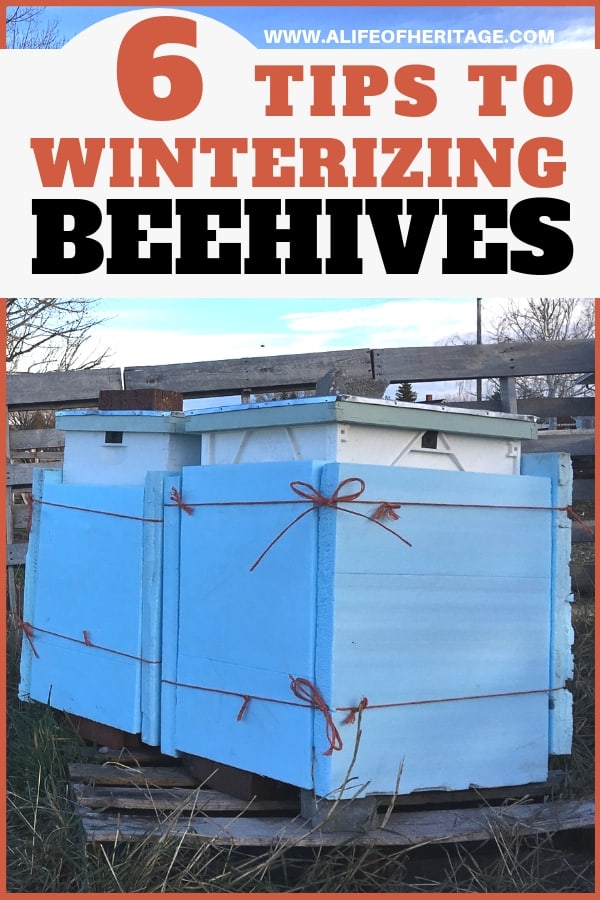
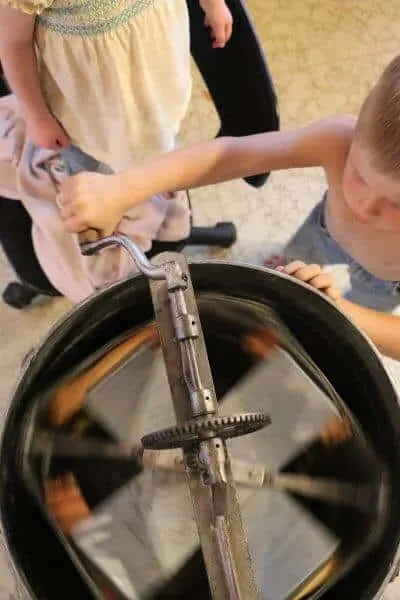
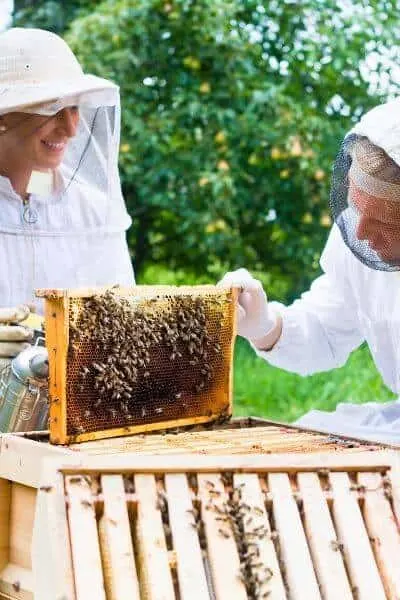
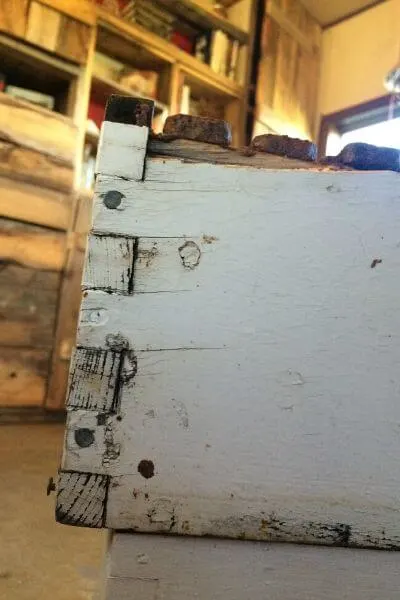
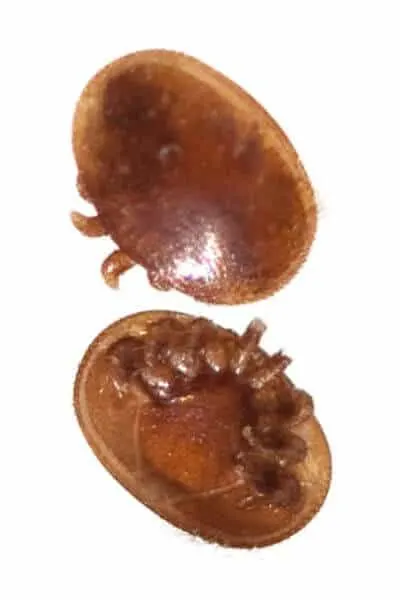
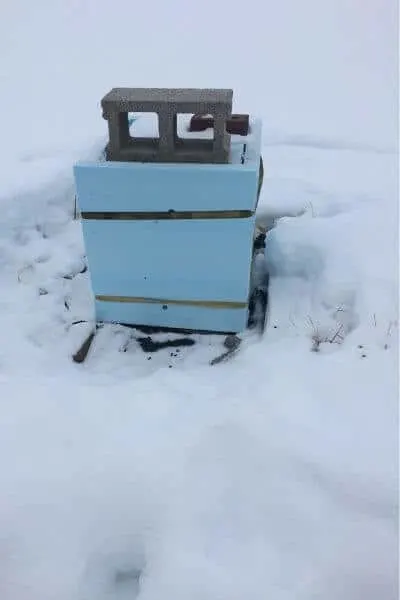
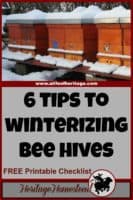
Mark Myers
Wednesday 17th of November 2021
Thank you so much! Appreciate your golden information
Delci Plouffe
Friday 25th of March 2022
So glad it was helpful!
Beekeeping
Friday 22nd of January 2021
Thank you for this amazing article. I really liked the way you have presented this article.
Delci Plouffe
Sunday 24th of January 2021
I'm so glad it was helpful :) Thanks for letting me know!
Beekeeping
Wednesday 2nd of December 2020
Thank you for sharing this wonderful article. I really liked the way you have presented this article.
Delci Plouffe
Wednesday 2nd of December 2020
So glad it was helpful and you enjoyed it!
John Elliff
Wednesday 30th of October 2019
Hi Delci, I've never taken the time to leave a comment at any website. For whatever the reason, I wanted to say thank you for taking the time to make your video. Down to earth, common sense advice with "footnotes" :) . I'm looking forward to seeing the rest of your site. Take care, John
Delci Plouffe
Wednesday 30th of October 2019
Oh, John! I'm so glad you took the time to leave a message for me. That truly blessed my heart! I hope you do find more information and if you ever have questions, just ask!